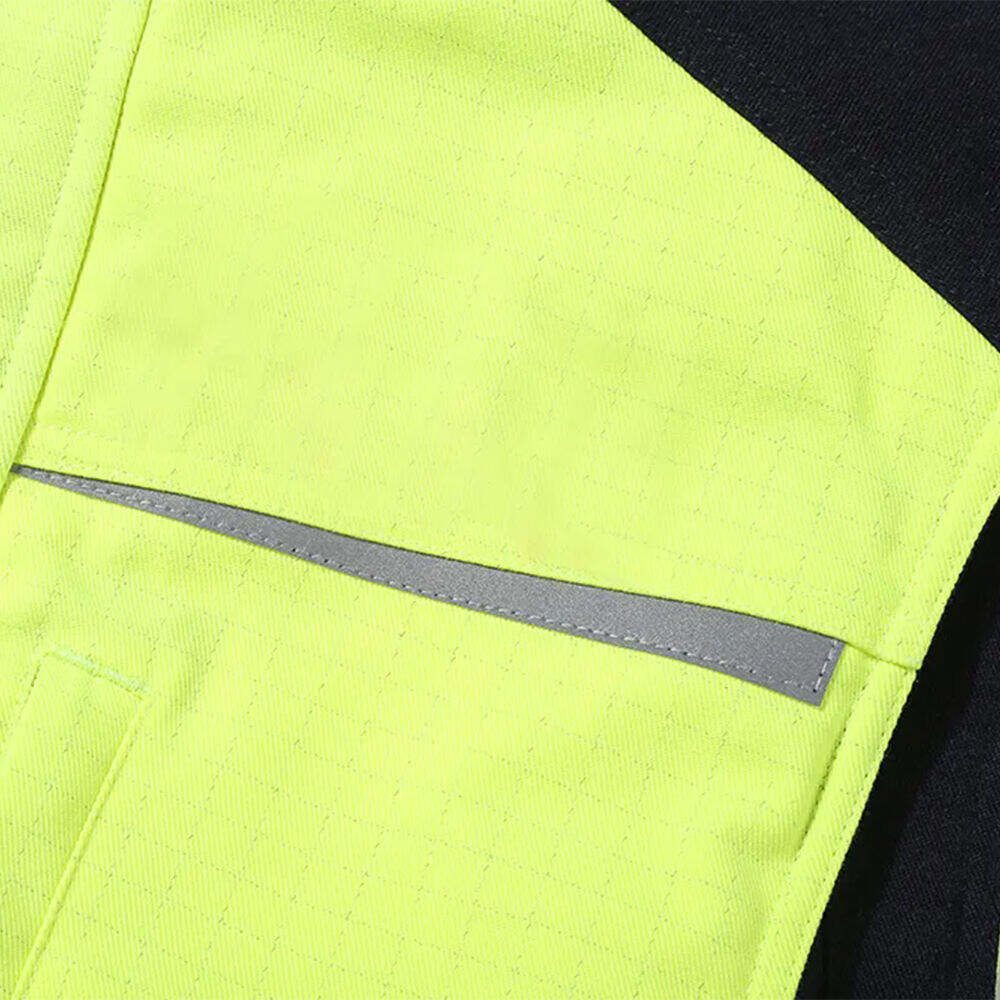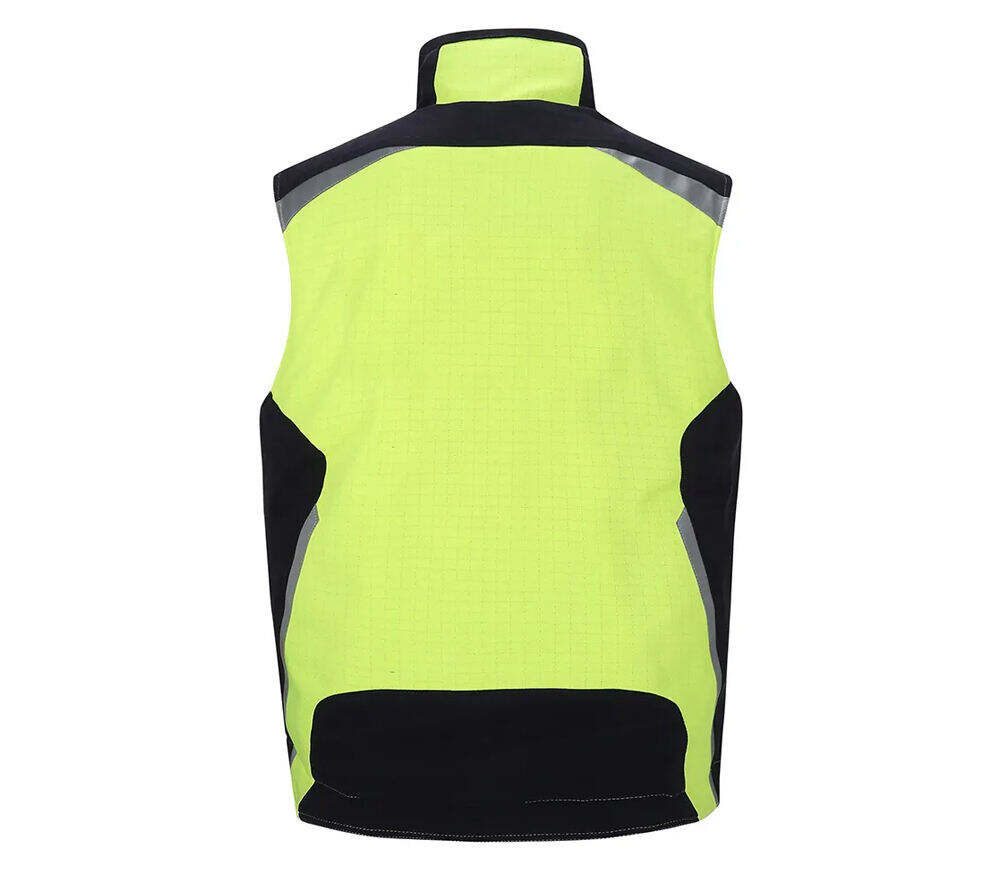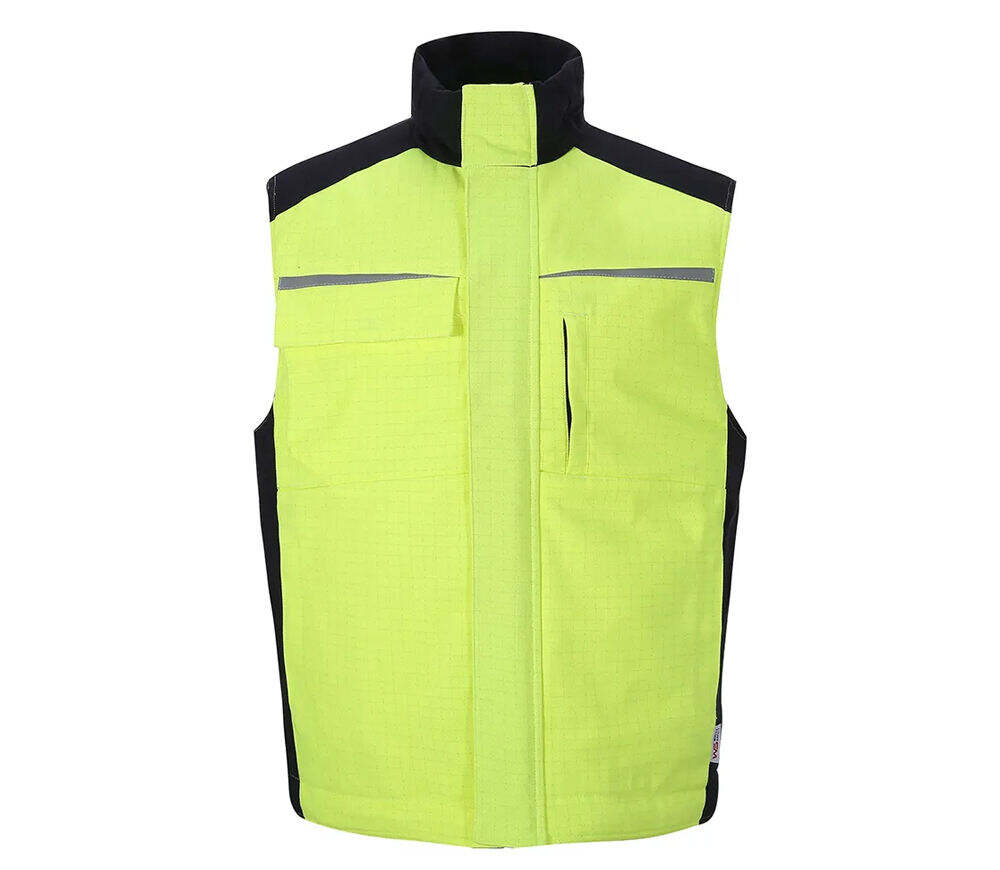Military safety gear and civilian gear are designed with different objectives and are tailored to meet the specific needs of their respective users. At Top Wholesafety (Shaanxi) Co., Ltd., we have experience in providing safety gear for various industries, including military and civilian sectors, and understand the key differences between the two. Military safety gear is developed to protect soldiers in combat and training situations. It is designed to withstand extreme conditions, such as gunfire, explosions, and harsh weather. One of the primary features of military safety gear is its ballistic protection. Body armor, for example, is made from high-strength materials like Kevlar or ceramic plates, which can stop or deflect bullets and shrapnel. Helmets are also an essential part of military safety gear, providing protection for the head against blunt force trauma and projectiles. In addition to ballistic protection, military safety gear often includes features for camouflage and concealment. Soldiers need to blend into their surroundings to avoid detection by the enemy, so military gear is available in a variety of camouflage patterns suitable for different environments, such as forests, deserts, and urban areas. Military gear is also designed to be durable and long-lasting, as soldiers may be deployed in remote or harsh locations for extended periods. It is made from high-quality materials that can withstand wear and tear, rough handling, and exposure to the elements. Civilian gear, on the other hand, is intended for non-combat situations and is designed to protect individuals in everyday work or recreational activities. The level of protection provided by civilian gear varies depending on the application. For example, construction workers may wear safety helmets to protect against falling objects, while cyclists may wear helmets to prevent head injuries in case of an accident. Civilian gear is generally more focused on comfort and functionality. It is designed to be lightweight and easy to move in, allowing users to perform their tasks without feeling restricted. Civilian gear may also incorporate features such as ventilation to keep the user cool in hot weather or adjustable straps for a better fit. Another key difference between military safety gear and civilian gear is the cost. Military safety gear is often more expensive due to the advanced materials and technologies used in its production. The development and testing of military gear also involve significant research and development costs. Civilian gear, while it can vary in price depending on the quality and features, is generally more affordable for the average consumer. In summary, military safety gear is designed for combat and training situations, providing high levels of ballistic protection, camouflage, and durability. Civilian gear is intended for non-combat activities, focusing on comfort, functionality, and a varying degree of protection. Understanding the differences between the two types of gear is essential for selecting the appropriate equipment based on the specific needs and requirements of the user.


